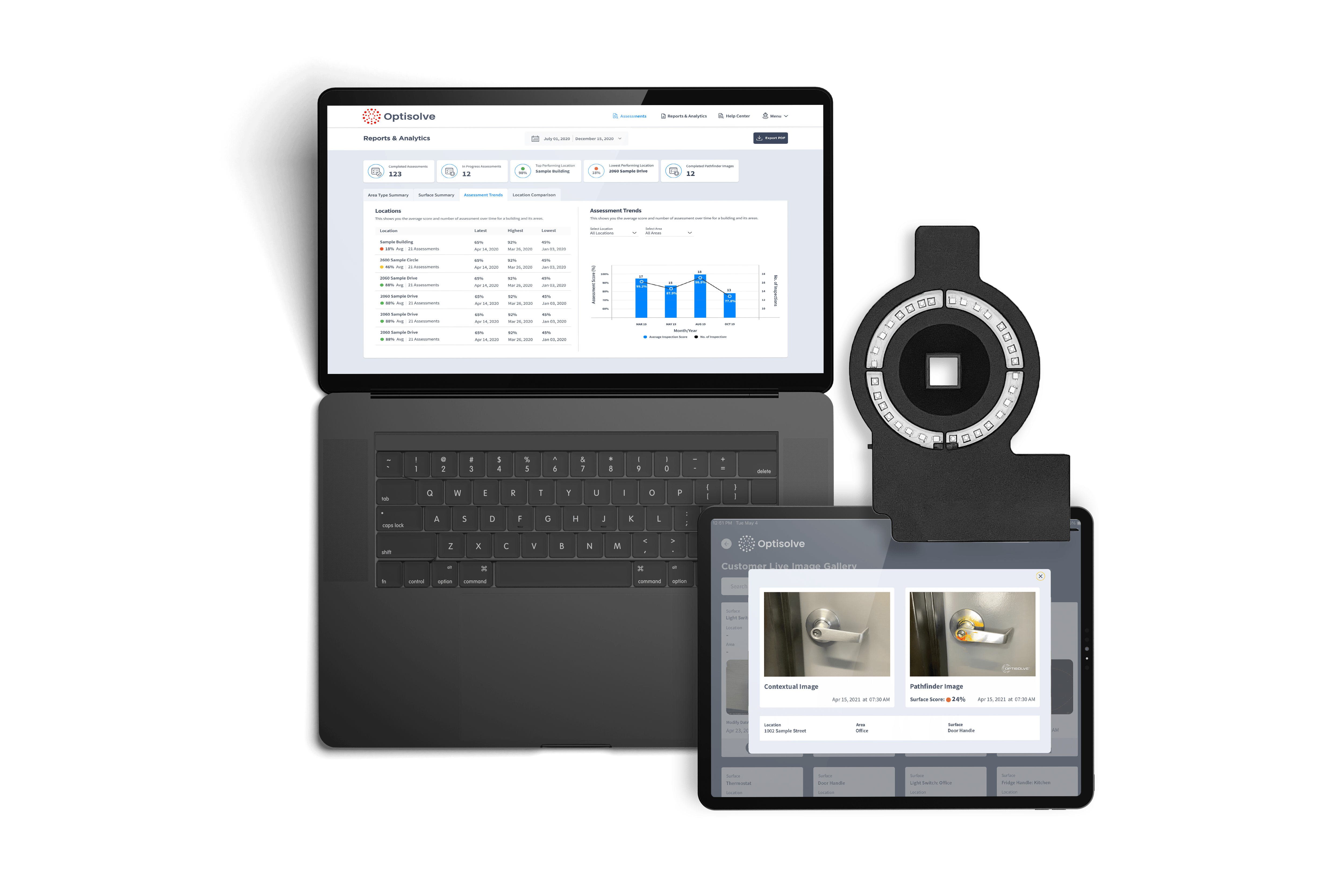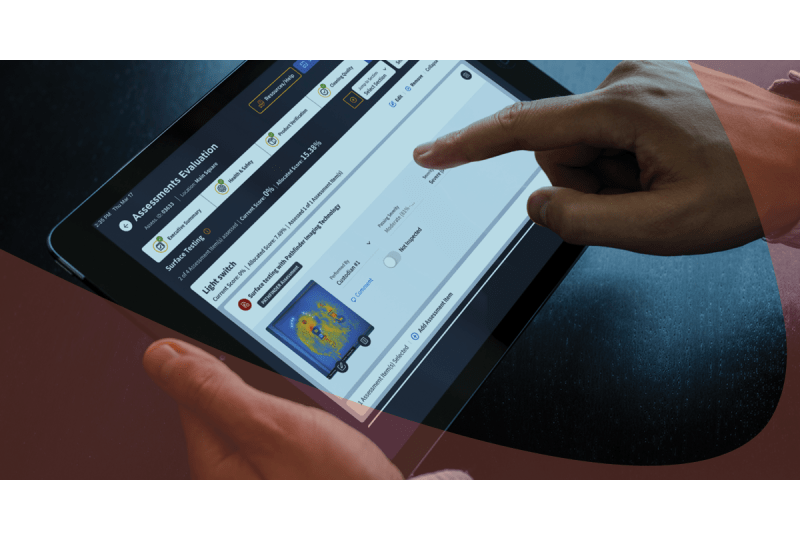They are invisible to the naked eye, but when it comes to germs, what you can’t see can still hurt you. Even with consistent, thorough cleaning efforts, harmful pathogens can survive and infect unsuspecting staff, patients, students, residents, and guests.
New emerging technology, however, is helping to make the invisible visible. Together with intelligent quality management solutions, facilities can now use visual validation, and data, to create precision cleaning programmes that redefine what ‘clean’ means.
This article explores how to uncover hidden germs and use innovative technology to clean indoor spaces confidently.
How long do germs survive on surfaces?
Pathogens are resilient organisms and need a host to thrive, but they can survive for hours, and sometimes even days, on hard surfaces. Common cold germs, for example, can survive on indoor surfaces for up to 24 hours, and the flu virus can last up to two days. Common stomach bugs like Norovirus can survive for weeks on hard surfaces, while C.difficile was shown to survive for five months. And while it can be easy to spot dirt or mould with the naked eye, these germs remain hidden from view, making them nearly impossible to eliminate entirely.
Where do germs like to hide?
Germs can exist on most surfaces, and they tend to congregate on high-touch areas, like doorknobs and elevator buttons.
Here are some examples of high-touch surfaces by environment:

Knowing where germs live is one thing, but getting rid of them, and then proving they are gone, is another.
Uncovering hidden areas of contamination
This is where some groundbreaking new technology comes in. Developed by Charlotte Products, with the help of researchers at the University of Toronto, Optisolve's Pathfinder™surface imaging technology uncovers hidden areas of contamination. Your cleaning team sprays a unique bio-tracker solution onto the surface and photographs it with the proprietary Halo lens under ultraviolet light. When run through the Optisolve® imaging software, it reveals the previously invisible bacteria in a heat map, with the location and density of the pathogens. The invisible becomes visible.

90% of sites that looked clean by visual assessment were still found to contain microbial contamination through imaging technology.
Using imaging hardware and software to fight germs.
You no longer have to guess when you can see hidden germs. The more precise the cleaning, the more time and money you save. You use fewer chemicals, too, as you can learn to use the correct type, and amount, of product to ensure surfaces are actually clean. On top of that, you can automatically document, and centrally store, the evidence of your cleaning effectiveness within the SAVI® quality management system for training and benchmarking.
Here are five benefits of using technology like Optisolve®:
- Illuminate surface pathogens: Pathfinder™ has a special Halo camera lens that works with an iPad, providing a mobile imaging solution. By using the surface imaging technology and the bioluminescent spray, you can identify exactly where the germs are. You can see where cleaners may have missed, and reveal contaminated areas you may not have thought of, such as the bottom of an armrest, or the doorknob to the lunch room.
- Measure contamination levels: Not all surfaces will contain the same level of contamination, so knowing which areas are your highest risk will allow you to focus on reducing the spread of harmful bacteria. Imaging technology will not only reveal where the germs are, but indicate where the concentration levels are highest.
- Target cleaning efforts: Once you identify the problem areas, you can use precision-cleaning techniques to focus your efforts. Because you can identify the pathogen’s location, you can use the right type, and amount, of product.
- Train your staff: When your cleaners understand where germs are hiding, and at their highest levels, they can conduct precision-cleaning routines. Educating on the types of cleaners and disinfectants, and when to use each product type, creates consistency, and improves overall cleaning results.
- Validate your efforts: An additional round of imaging can help you see proper cleaning and areas of improvement, freeing up your team to concentrate on those areas that put your staff, students, patients, guests, and residents at the most significant risk. Validating your routines is essential to ensure that contaminated surfaces are cleaned effectively and regularly. Visual images, and data, provide evidence and validate the process to give peace of mind.
Swish is proud to offer Optisolve® technology, helping you identify areas in your facility that put people at risk of infection. We also provide a range of cleaning and disinfecting products that allow you to effectively tackle pathogens, in a precise and calculated manner, to ultimately create a safer, healthier, cleaner environment.






